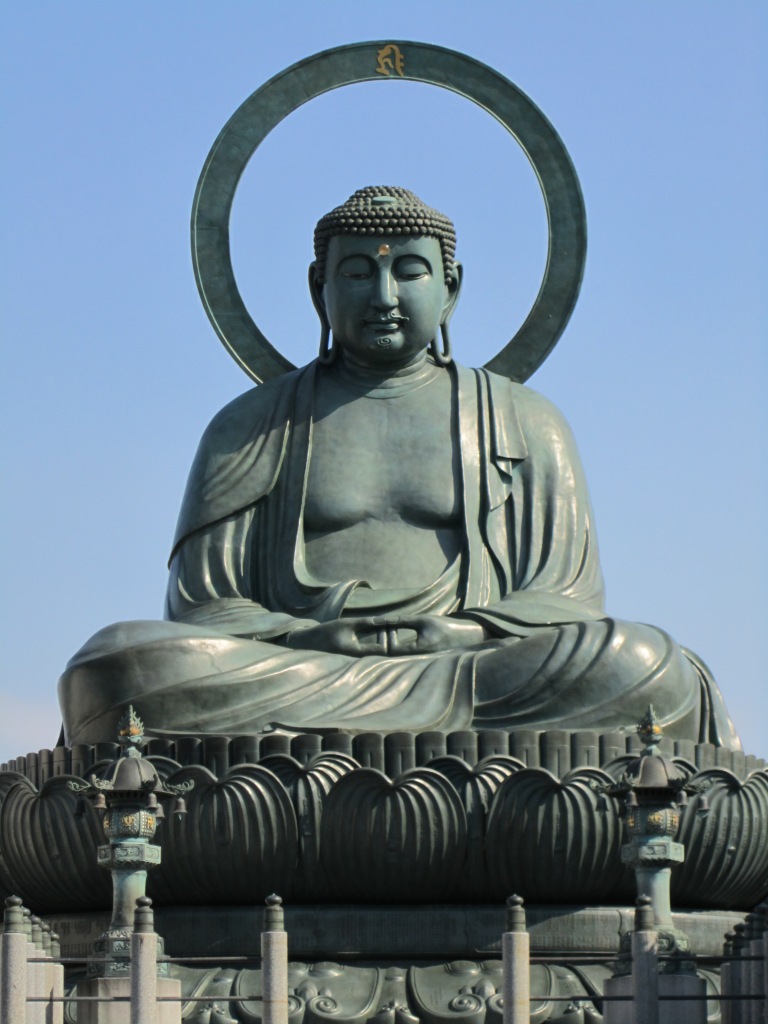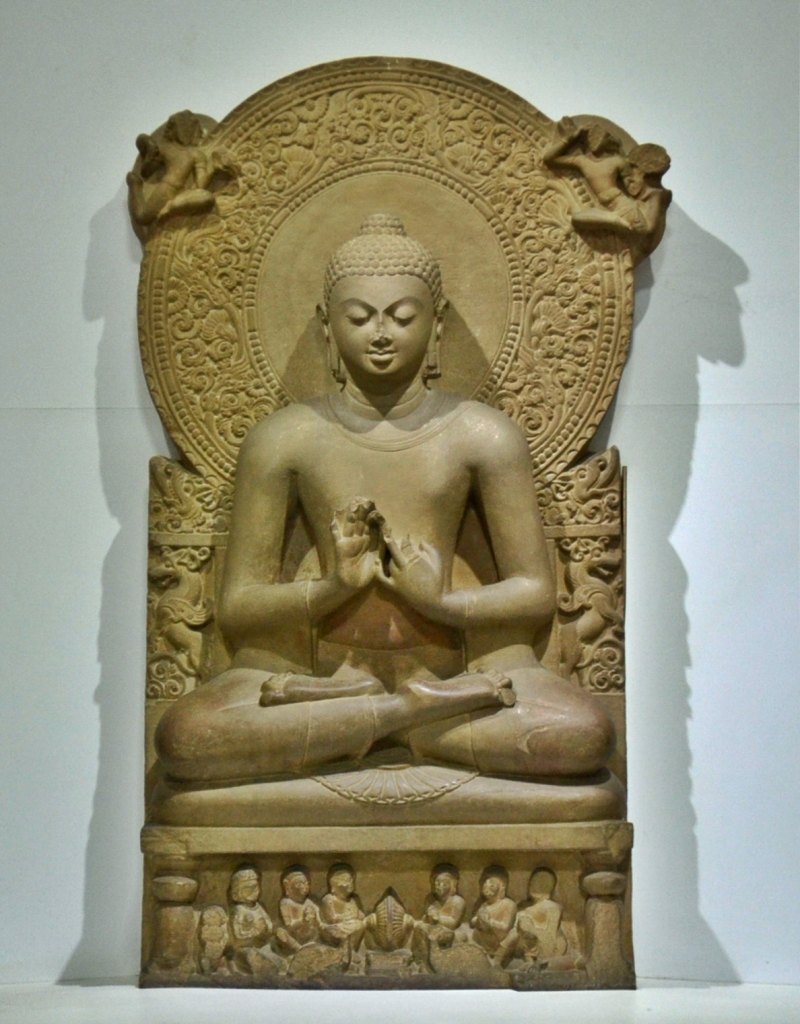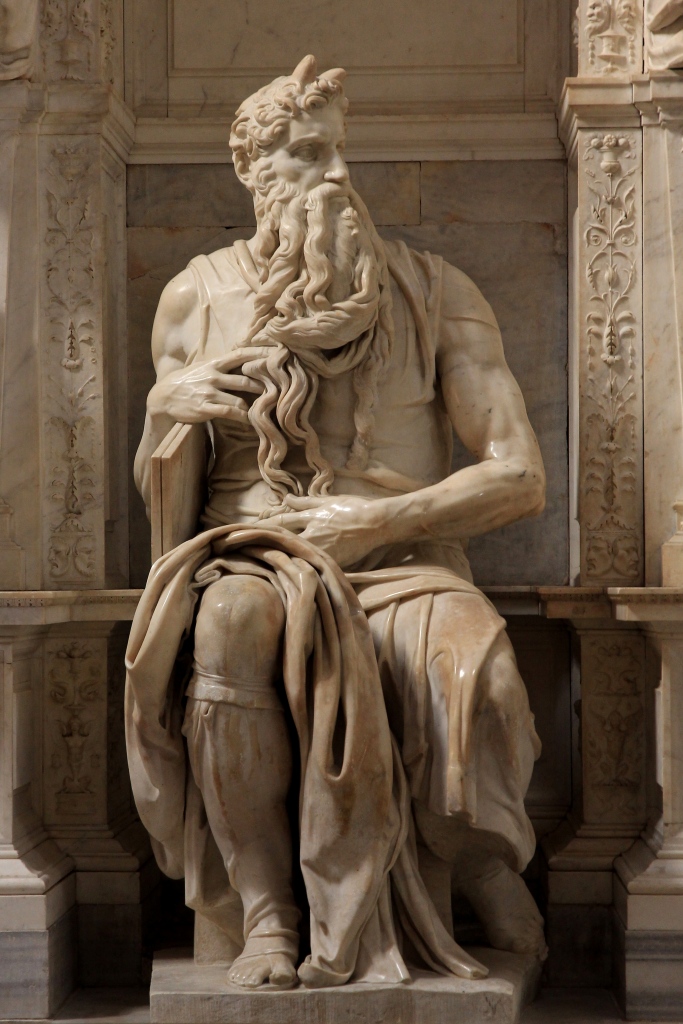The last weeks one important part of my work was the preparation of resources for this years Scottish Interfaith Week. This year’s theme for Scottish Interfaith Week is “Creativity and the Arts”.
I must admit, when I first heard about this theme, I wasn’t very euphoric. I’ve never been very well in doing arts on my own and although I like going to museums and sometimes galleries art is not my main area of interest and art and music classes in school were one of those I liked less.
But during the last weeks, while exploring the diversity of religious art, I realised that looking on religious art might be a good way for learning about a religious tradition.
Here are two examples:


Why are these to Buddha statues so different? They were made in different times, different countries and from people belonging to different Buddhist traditions. One is from India in the time of the Gupta Empire (320-550 CE) and one is from Japan and was made in 1981.

Why is Moses often showed horned in Western Christian tradition? If people look eg at the statue of Moses made by Michelangelo they might think Moses looks like the devil. But that’s not what the artist wanted to say. He just followed the Latin Art tradition. Christians in the middleages read the Bible (if they could read) in the Latin translation, the Vulgate. In this bible translation a Hebrew word, which literally means something like “shining” is translated by a Latin word meaning “horned”. L looking at this statue can tell you a lot about the complicated history of Christians and Jews using the same scriptures as their holy book in translating them in different languages, cultures and traditions.
From my point of view looking on different art traditions during Scottish Interfaith Week can improve the knowledge about the different traditions. There is a lot more to explore about Paintings, statues, Architecture, stories, poems, music, dances and so on!
If you are interested in attending some events during Scottish Interfaith Week or maybe hosting an event on your own or if you just want to know more about Scottish Interfaith week have a look on its brand-new website!

